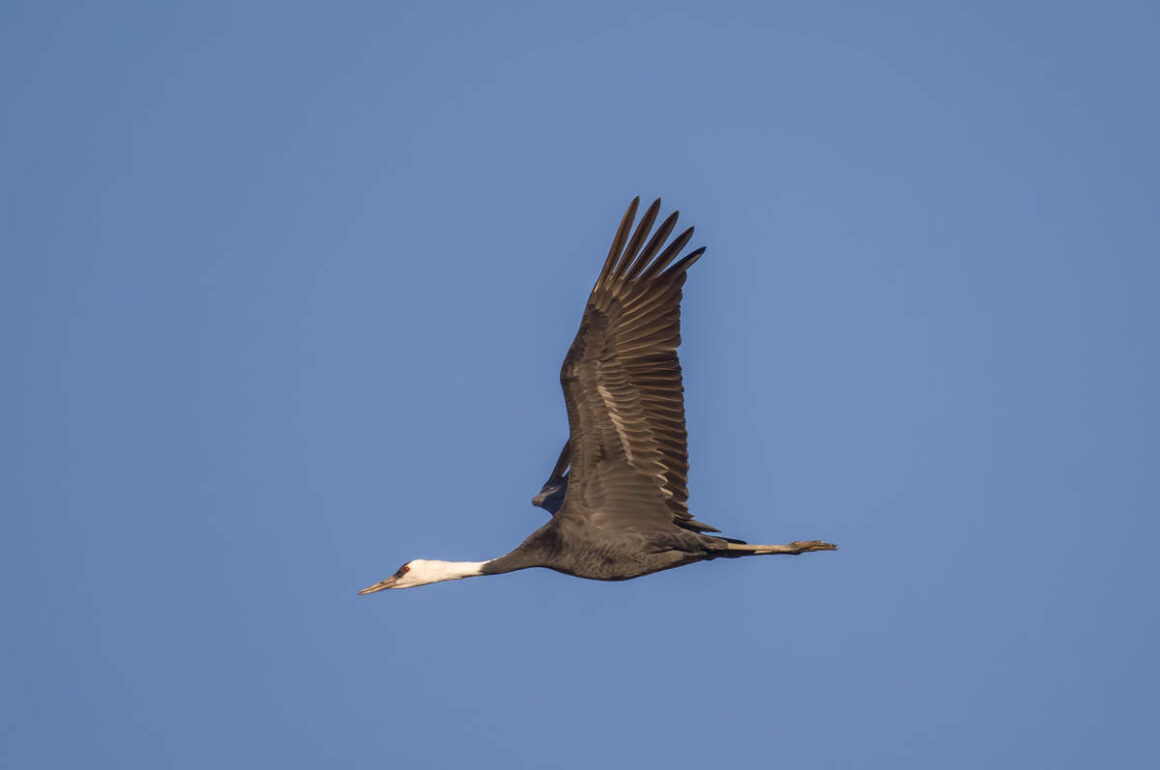
If – like me – at some point in your life you have decided that washing white and colorful clothes is not really worth the effort, you will end up with white T-shirts that are only white by the low standards of the White-rumped Munia.
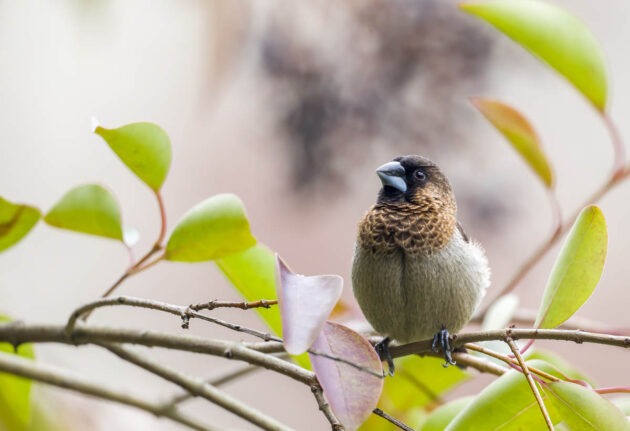
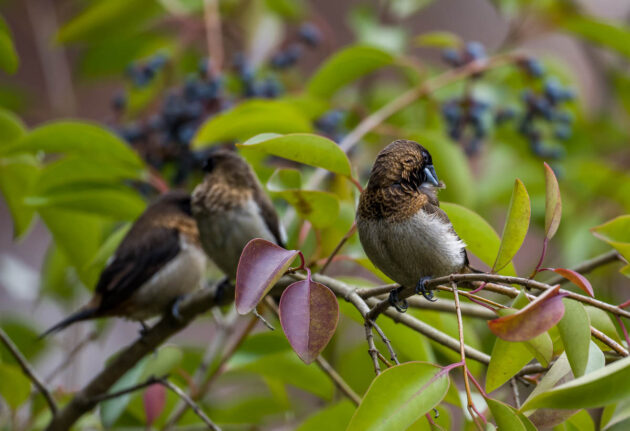
Would you like to be called a Plain Jane? I thought not. The Plain Prinia has had the same feeling for a long time now. Its current – slightly devious but also clever – plan is to create a fake Wikipedia entry for George Plain (1784-1843), reportedly a gifted naturalist but also a major player in the transatlantic slave trade. The prinia will then claim that its current name – celebrating a morally very questionable person – is no longer acceptable in the modern world. Personally, I wish the species the best of luck in this endeavor.
(Of course, there should be a photo of a Plain Prinia here now, but somehow I did not get one this month).
Common Starlings are still very rare in Shanghai. I was thinking of inventing a background story about a Chinese poet mentioning starlings (and other bird species) in one of his poems, and a rich Chinese fan of these poems pursuing the ambition of introducing all bird species mentioned therein to China, explaining the occasional occurrence of the starling in Shanghai. But then, of course, my conscience took over and the truth won, as it should. I should also point out that contrary to popular belief, the Common Starling is not named after Edward Common (1858-1892), the English botanist.
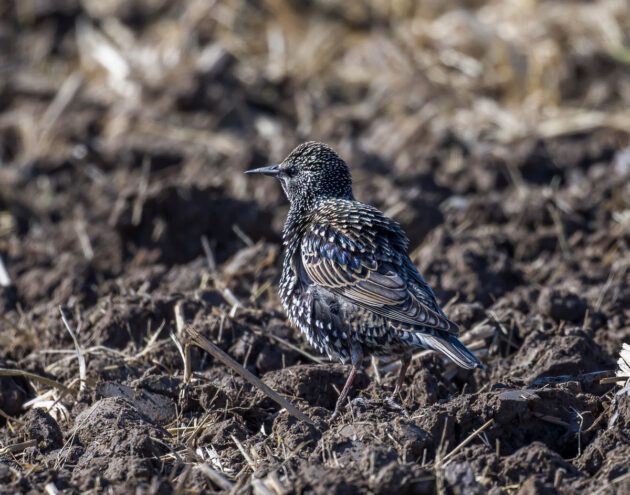
Then again, why would anyone name a bird after a botanist, let alone one I only just made up right now?
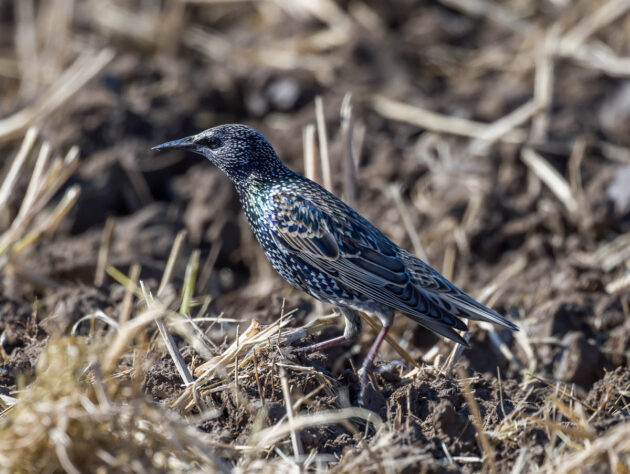
In the right light, the male Common Pheasant can look ridiculously attractive. However, the fact that there are 30 subspecies seems to indicate that the species has a slightly overblown estimation of its own importance.
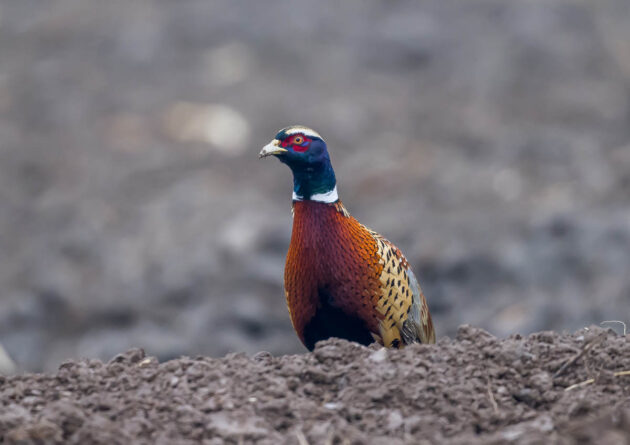
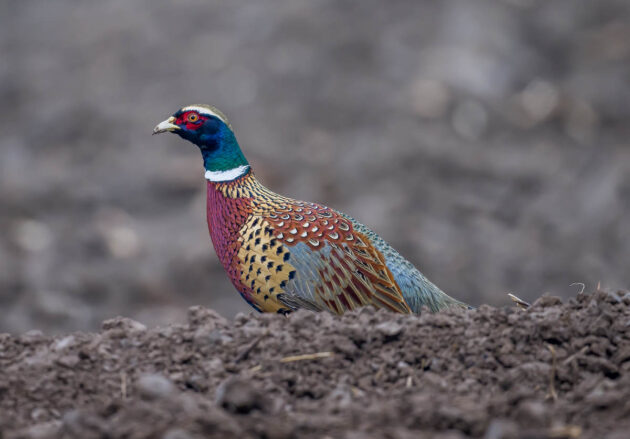
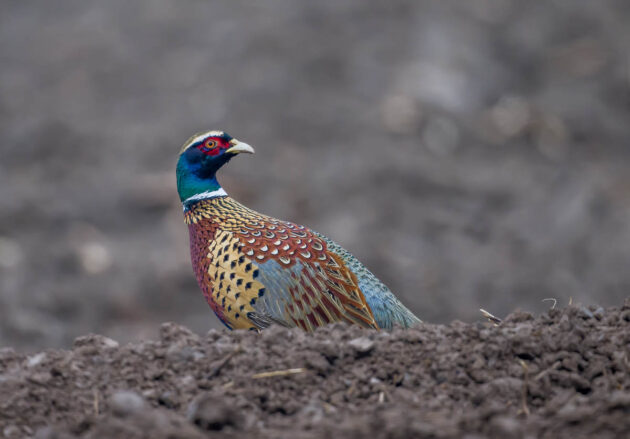
Fortunately, Black-crowned Night Herons are quite common in Shanghai, though apparently endangered in Illinois (source).
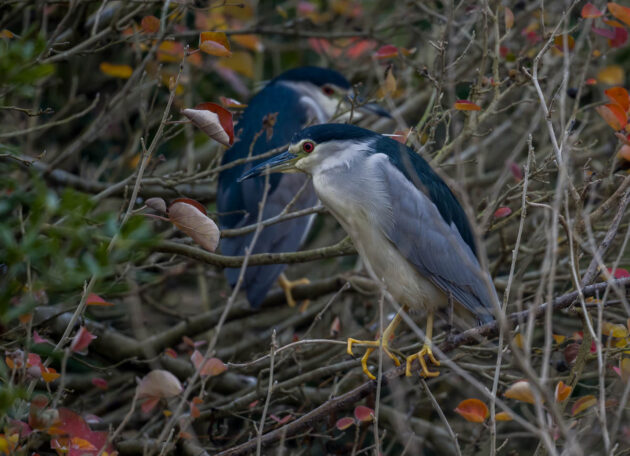
In the same article, Henry Adams, wildlife management coordinator for Lincoln Park Zoo’s Urban Wildlife Institute, describes the night heron as having “grumpy old geezer energy.”
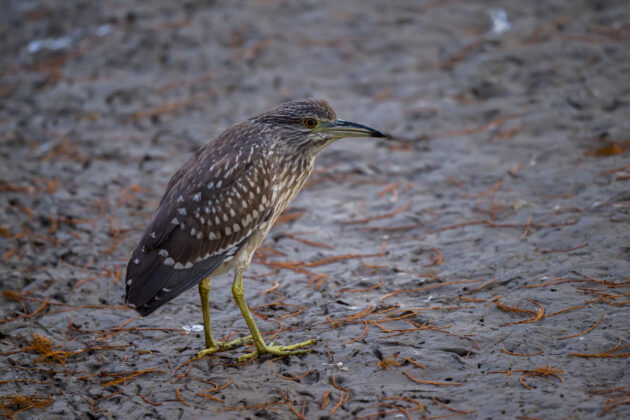
Not so difficult to see a Black-winged Kite on Chongming Island – and the red eyes always make for decent photos.
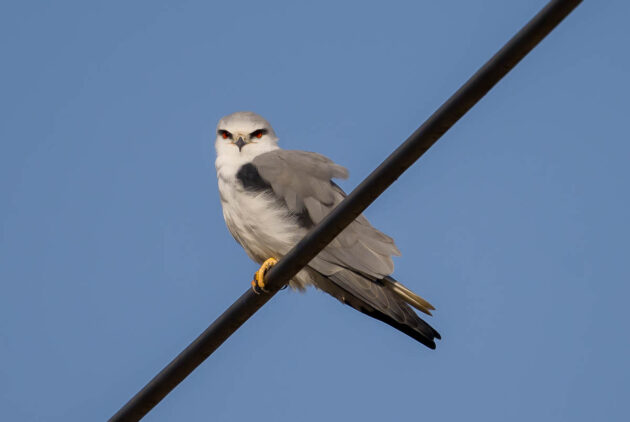
It seems to me that Azure-winged Magpies have become more and more frequent in Shanghai parks. Obviously, there is no reason to complain about this.
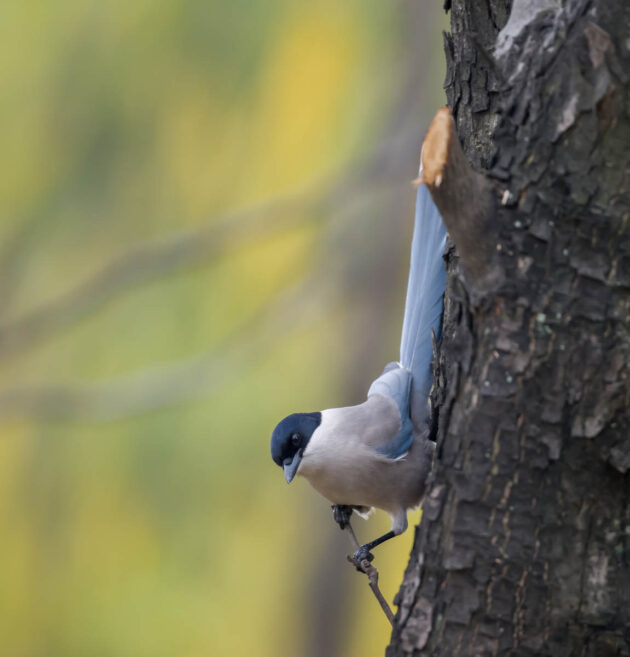
This species has a relatively large number of calls – 12, to be specific, compared to the average of 7.6 for a sample of more than 800 species (source). Azure-winged Magpies are cooperative breeders, and it seems that there is a connection between having a larger repertoire of calls and being a social species (me, not being very social, I usually get by with just three different grunting sounds).
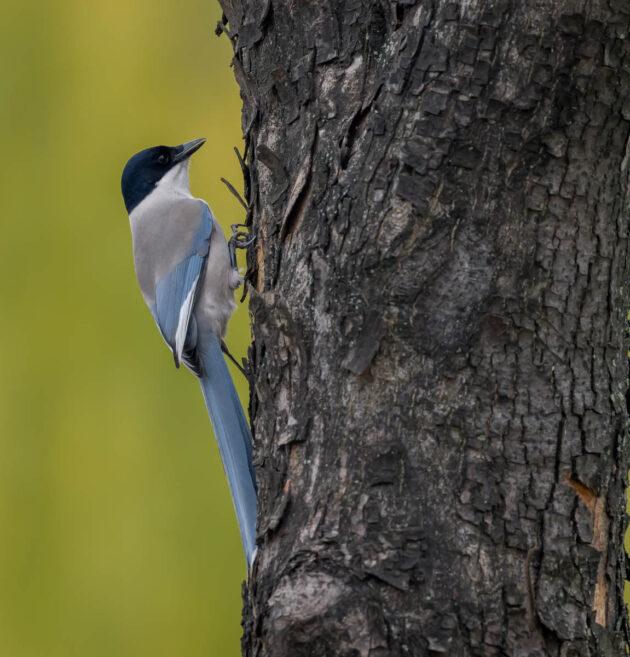
And guess where the study cited above was done? Yes, in that most typical birding environment, the university campus (in this case, of Nanjing University).
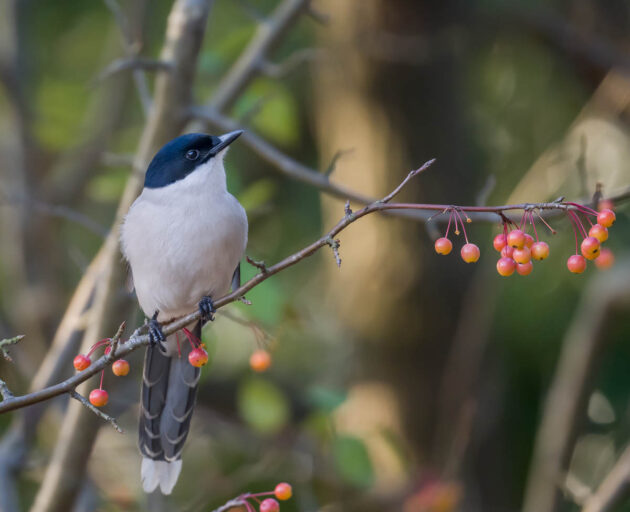
At the beginning of each month, I excitedly rush to my local newsagent to pick up a copy of the newest edition of the Journal “Environmental Toxicology and Pharmacology”. The September 2023 edition featured a lengthy paper on the “State of the art, gaps and future perspectives on Common Kestrel ecotoxicology”.
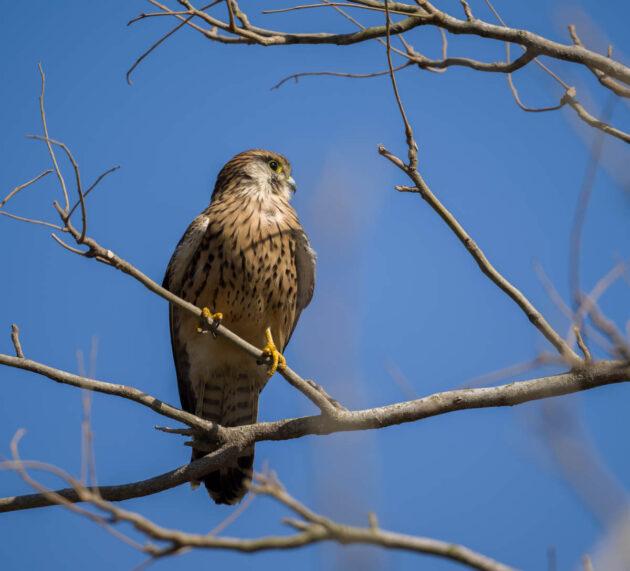
The authors found that “most studies have been conducted in Europe and in the field, underlining a lack of in vitro studies”. That is what I have been saying all along – we need more in vitro studies as in vivo studies tend to be too affected by real-life factors.
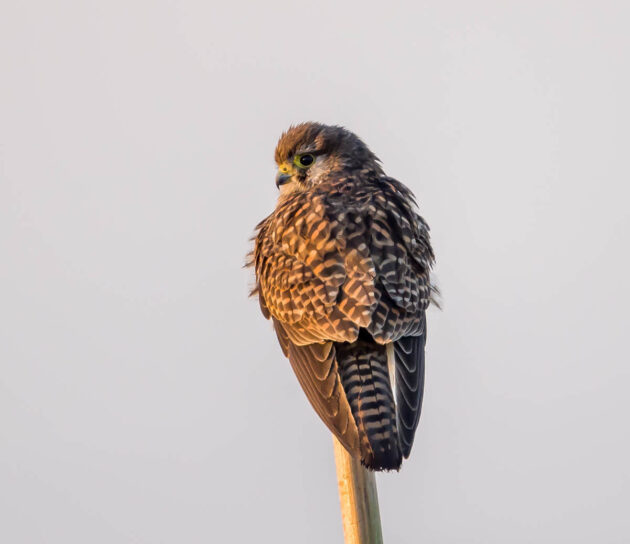
Not an in-vitro photo.
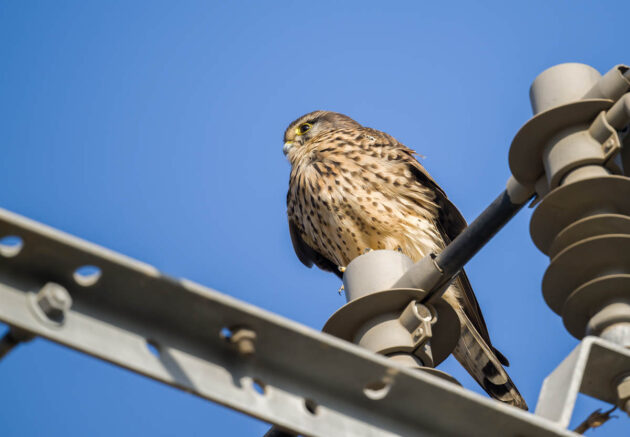
But not in Europe either.
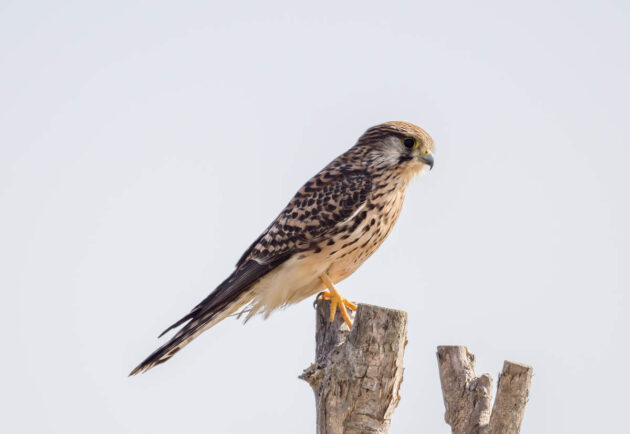
I have probably written this before, but my feeling is that once you can look at Daurian Redstarts without getting somewhat excited no matter how common they are, you are probably nearing the end of your useful life as a birder or bird photographer.
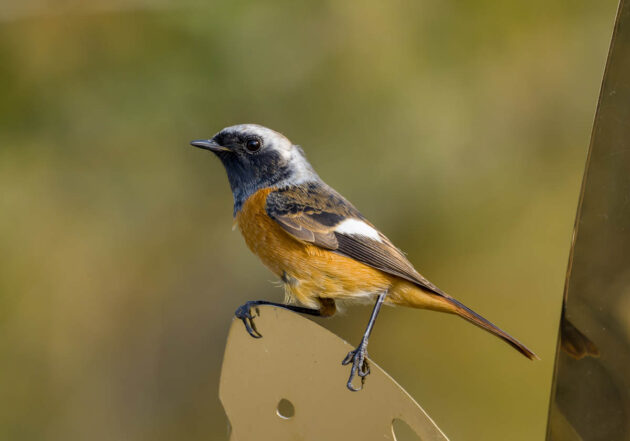
At least as far as the male is concerned.
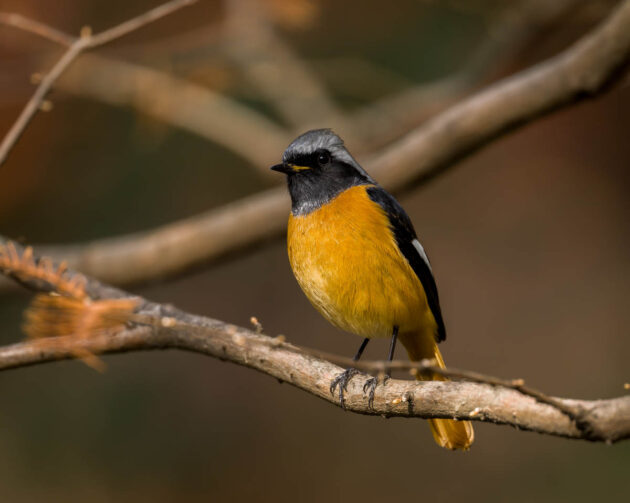
For Daurian Redstarts, university campuses can also be crime scenes – one recent paper reports on a Daurian Redstart fledgling being attacked and killed by a magpie on the grounds of Hebei Normal University despite attempts by the female parent to defend the chick.
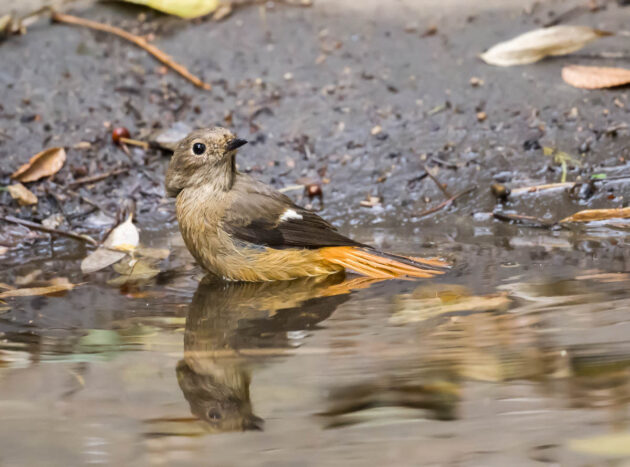
December brought at least two exotics to Shanghai: Yellow-cheeked Tit …
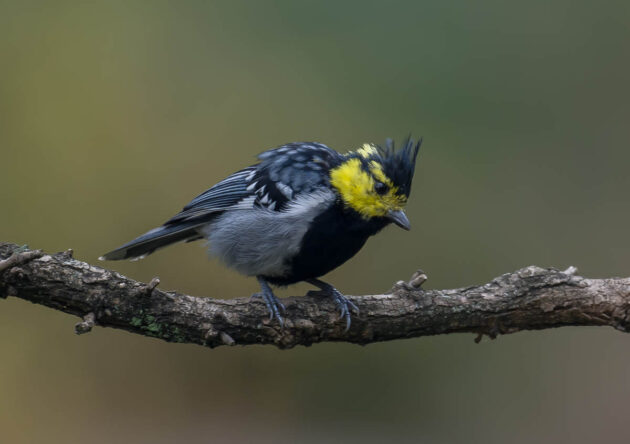
(hey, tit, shouldn’t you be somewhere further South?)
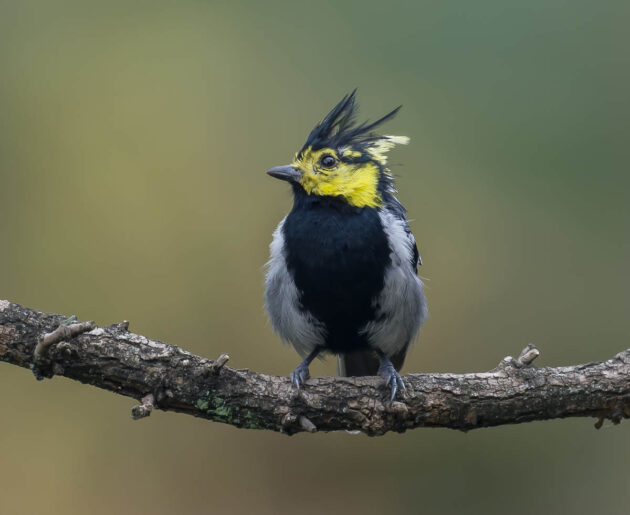
… and White-capped Redstart. Probably both using the same defective GPS system.
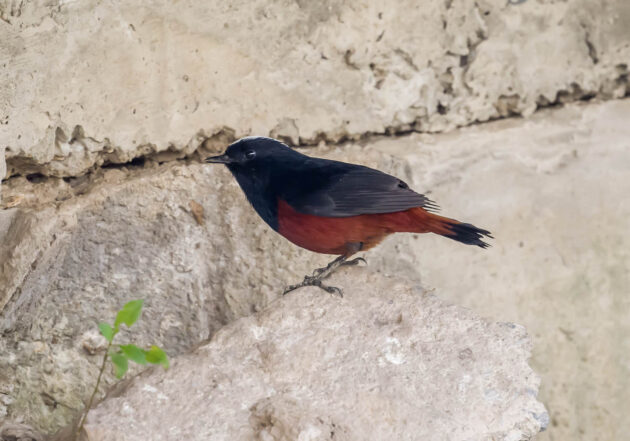
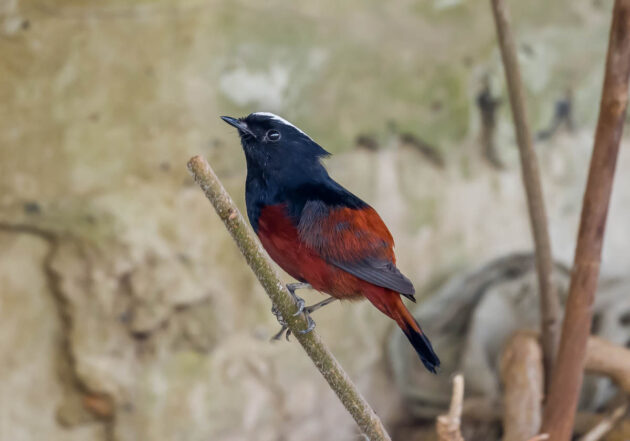
The Upland Buzzard is the largest buzzard in the world, as the website openmigration.com helpfully remarks.
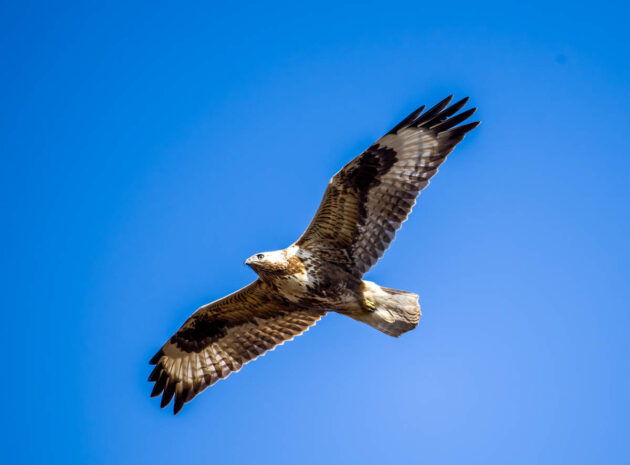
The website then hastens to add that “Unfortunately, there isn’t much scientific research on the poop of the upland buzzard”. I bet some ornithology students do not find this particularly unfortunate.
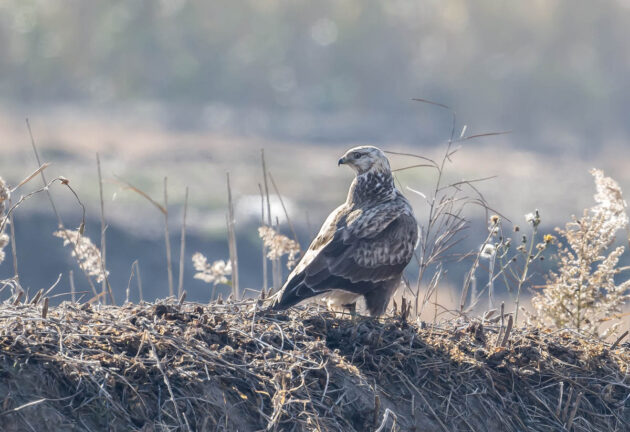
The Grey Treepie is actually fairly rare in Shanghai and it is the first time I have seen it on Chongming Island, but the distribution map in the HBW shows it to be a regular in Shanghai, so both the bird and I must be wrong.
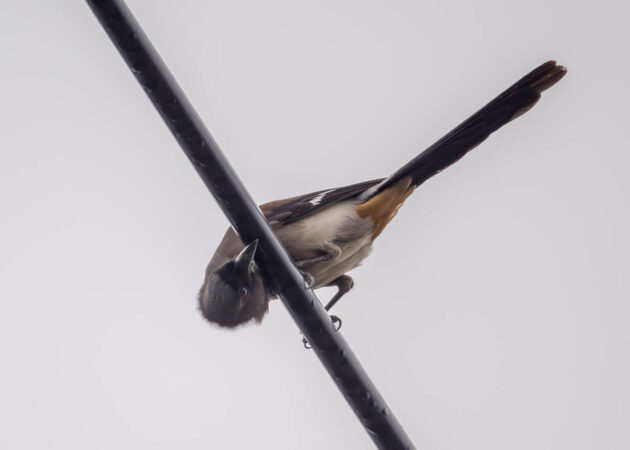
Most likely, you will see photos of Grey-capped Greenfinches in every Shanghai post in the next few months, as they are both attractive and relatively easy to photograph. As the old saying goes, when life hands you yellow birds, make photos of yellow birds. (Urgh. I hope you can ignore this joke).
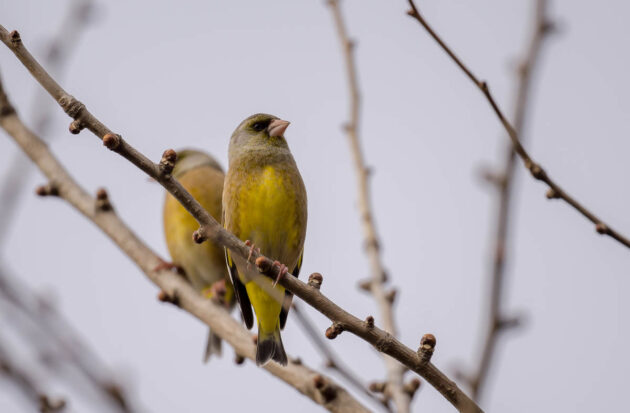
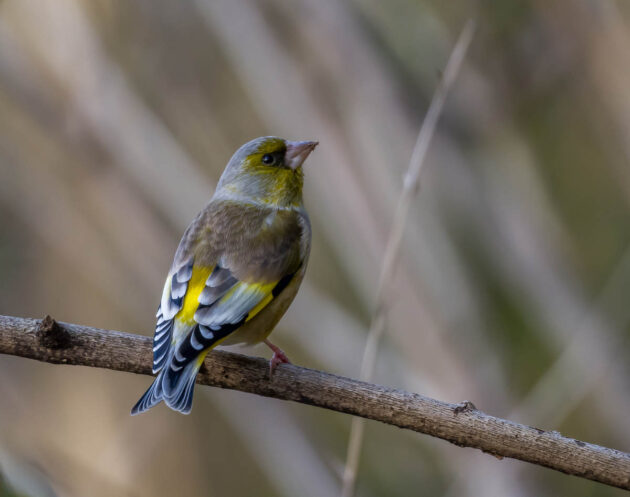
Usually, Grey Herons fly away in the moment between me seeing them and me directing my camera at them. This one did not, so I suspect it is probably a plastic model of a heron installed by the Chinese government to pretend that the nature in Shanghai is fully intact.
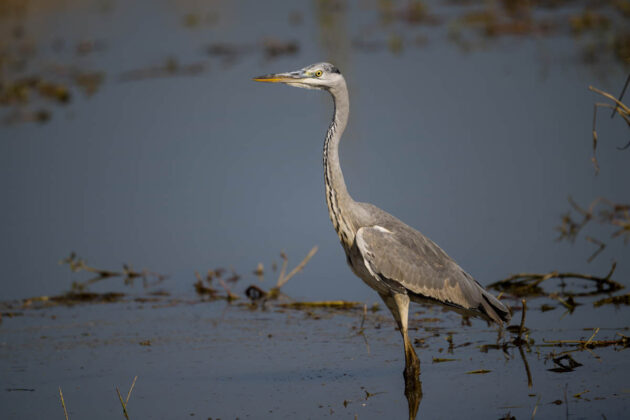
According to a 2023 paper, the presence of Hooded Cranes on farmland near the Chongming Dongtan nature reserve may actually be a result of the decreasing tideland area occupied by sea bulrush, apparently the major food source of cranes in tideland, as this plant is partly replaced by invasive seagrass.
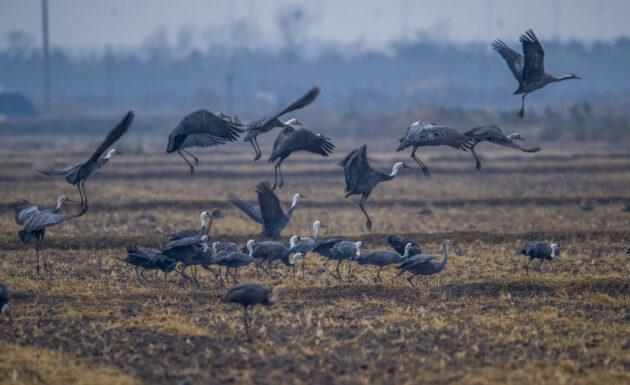
Or as the paper puts it, “Foraging in farmland with human disturbance in the recent decade might be related to insufficient food on tideland”.
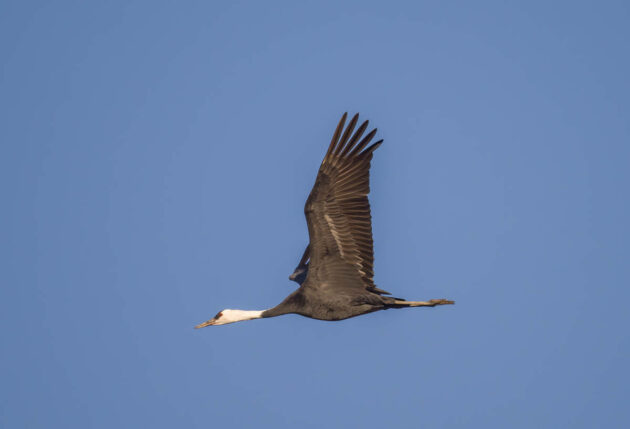
At the same time, the number of wintering Hooded Cranes in this area has been roughly stable between 2000 and 2021 at around 100 birds (usually in the typical Chinese family size – two parents and one juvenile).
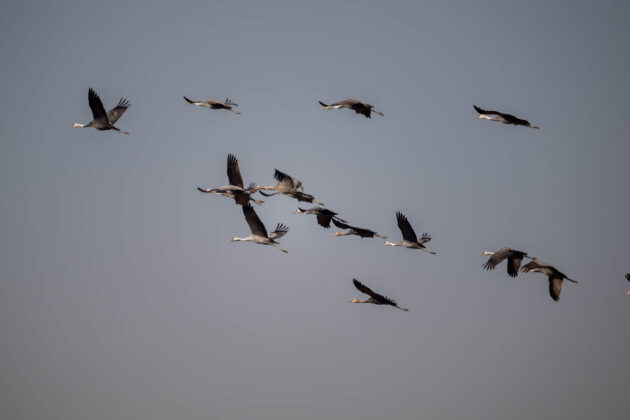
Some ornithological research is surprisingly simple. For example, researchers fenced in part of the nesting area of Northern Lapwings, thus excluding ground predators from some nests. The results: Lower mortality of the chicks thus protected from foxes, and a paper titled “Exclusion of ground predators improves Northern Lapwing Vanellus vanellus chick survival”.
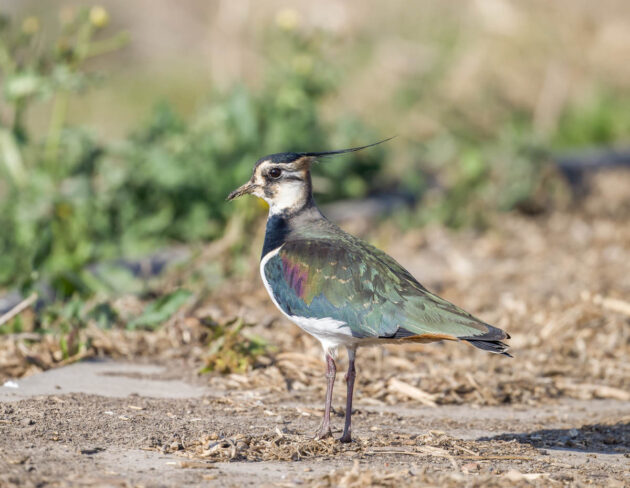
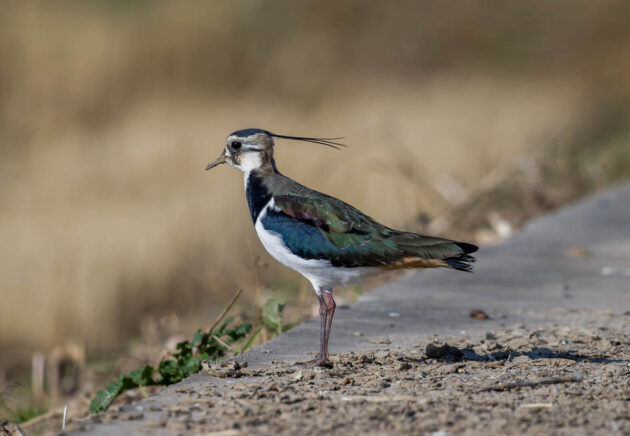
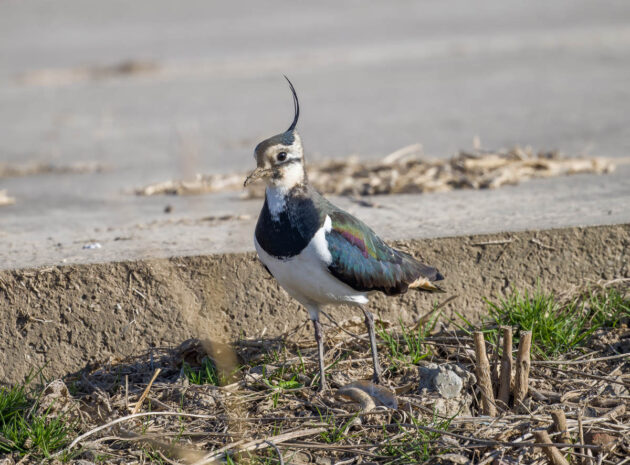
Tianmashan offers the usual winter selection of thrushes: Pale Thrush …
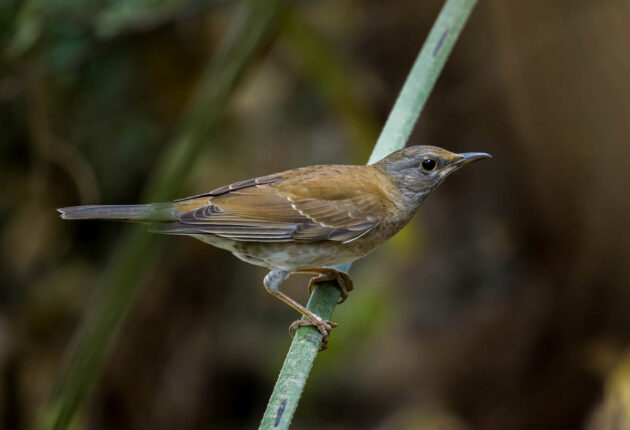
… White’s Thrush (another bird that I will never get tired of seeing) …
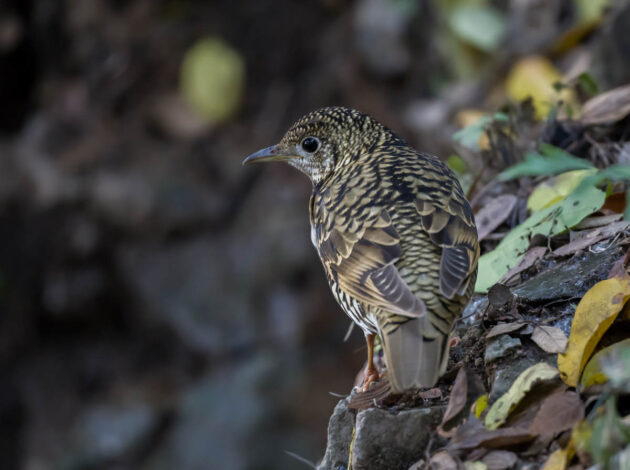
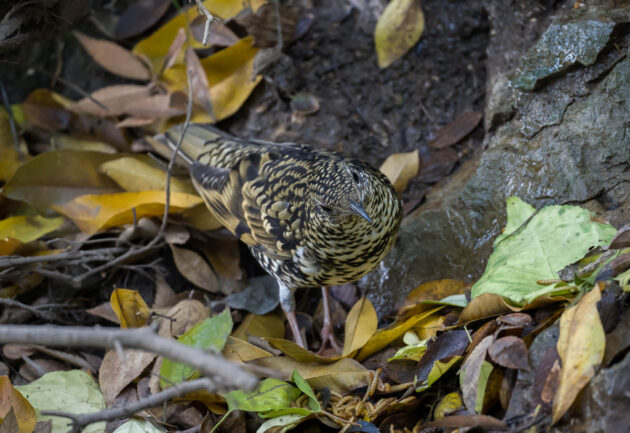
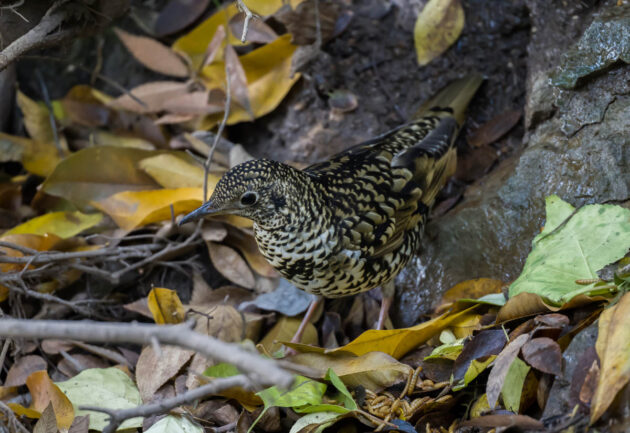
… Grey-backed Thrush …
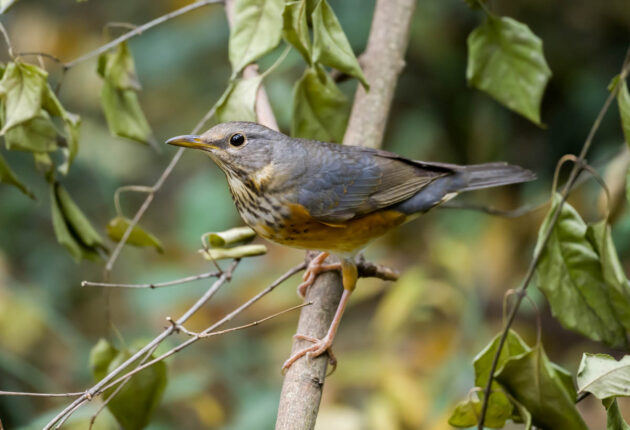
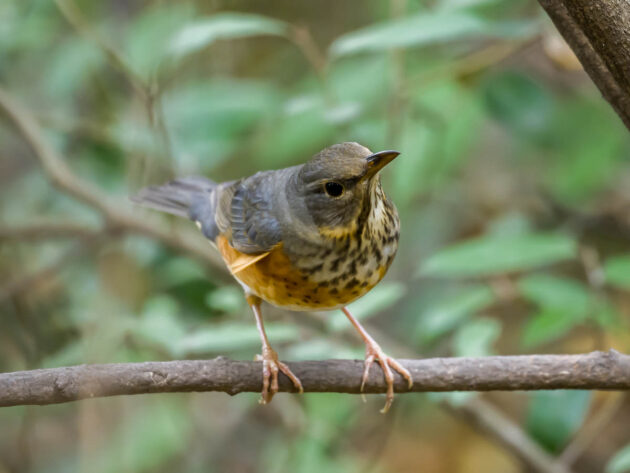
… and Naumann’s Thrush.
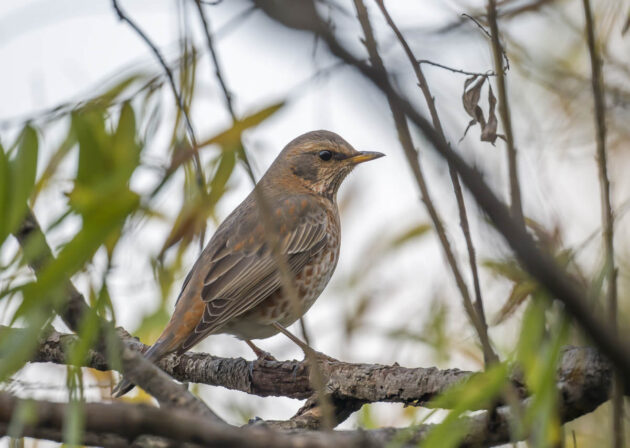
This thrush is named after Johann Andreas Naumann (1744-1826), a naturalist who despite being a German seems not to have committed any major atrocities in his life.
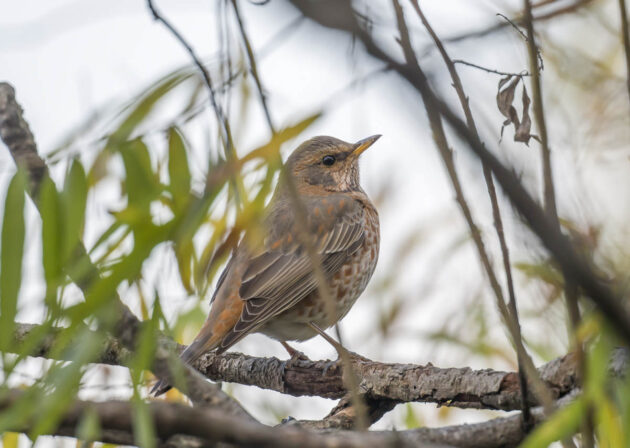
He published a book with the (for these times) rather concise title “Naturgeschichte der Voegel Deutschlands, nach eigenen Erfahrungen entworfen” (“Natural history of the birds of Germany, designed based on own experiences”), though the subtitle is a bit longer (“Durchaus Umgearbeitet, Systematisch Geordnet, Sehr Vermehrt, Vervollständigt, und mit Getreu nach der Natur Eigenhändig Gezeichneten und Gestochenen Abbildungen Aller Deutschen Vögel, Nebst Ihren Hauptverschiedenheiten”, or “Thoroughly reworked, systematically arranged, very multiplied, completed, and with hand-drawn and engraved illustrations of all German birds, along with their main differences, true to nature”).
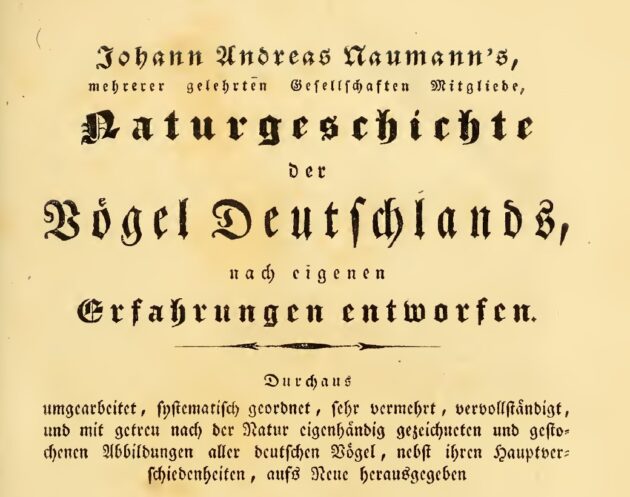
The preface to the book reads like he would nowadays be regarded as a lumper, not a splitter:
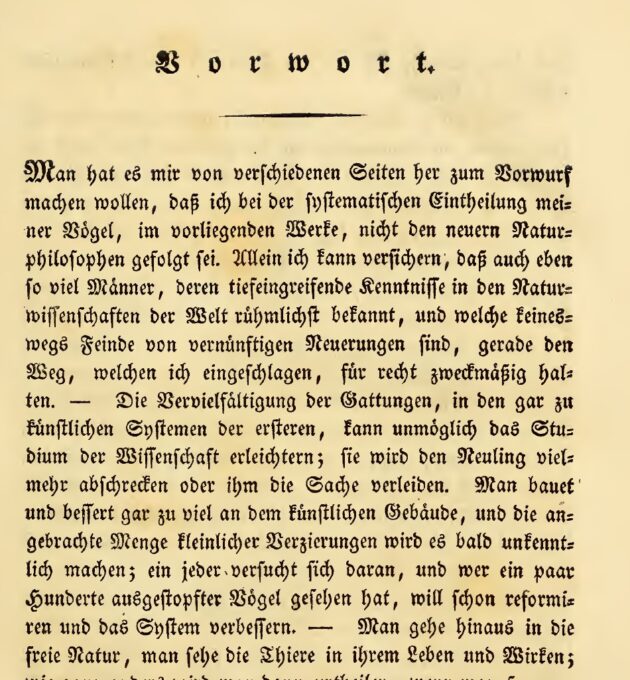
“Man hat es mir von verschiedenen Seiten her zum Vorwurf machen wollen, dass ich bei der systematischen Einteilung meiner Voegel im vorliegenden Werke nicht den neueren Naturphilosophen gefolgt sei. Allein ich kann versichern, das auch ebensoviele Maenner, deren tiefgreifende Kenntnisse in den Naturwissenschaften der Welt ruehmlich bekannt, und welche keineswegs Feinde von vernuenftigen Neuerungen sind, gerade den Weg, welchen ich eingeschlagen, für recht zweckmaessig halten. – Die Vervielfaeltigung der Gattungen, in den gar zu kuenstlichen Systemen der ersteren, kann unmoeglich das Studium der Wissenschaft erleichtern; sie wird den Neuling vielmehr abschrecken oder ihm die Sache verleiden.”
For the few readers not fluent in German, here is a translation: “I have been criticized from various quarters for not following the more recent natural philosophers in the systematic classification of my birds in this work. But I can assure you that just as many men, whose profound knowledge of the natural sciences is known to the world and who are by no means enemies of sensible innovations, also consider the path I have taken to be quite expedient. – The multiplication of genera, in the systems of the former that are too artificial, cannot possibly facilitate the study of science; Rather, it will scare the newcomer away or make things worse for him.”
An illustration from the book
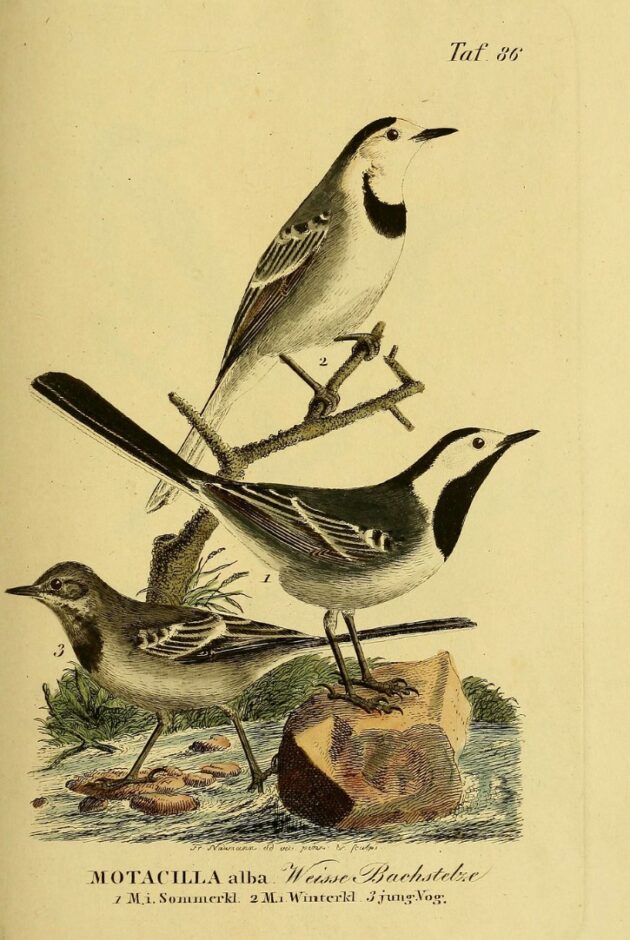
… and the bird itself (White Wagtail) as seen in Shanghai this month.
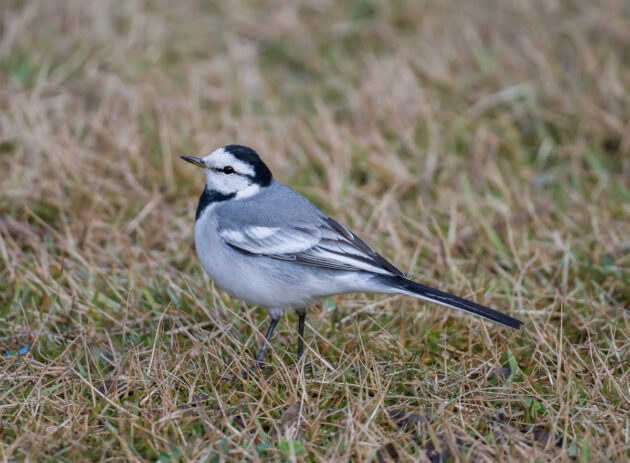
The book itself mostly consists of longish chapters on individual species – the Common Starling (see photos earlier in this post) merits 18 pages. One of these pages is dedicated to the harm and benefit the species has for humans, while a full page is dedicated to instructions on how to hunt the bird:
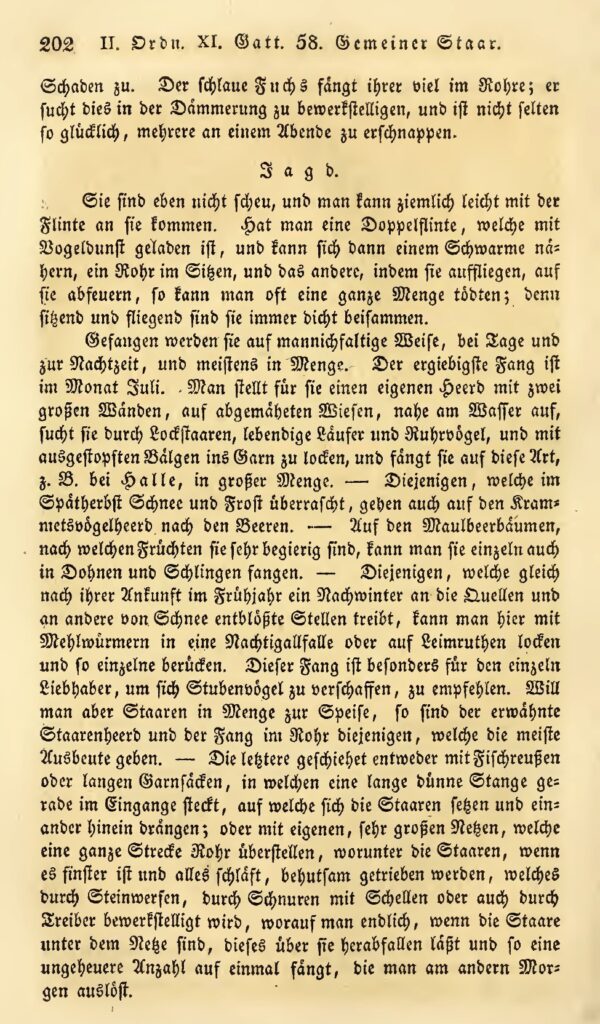
The translation of the first sentence indicates the general tone: “They are not very shy, and easy to shoot.” This is followed by lengthy instructions on how to catch them by various means. For that reason, some Common Starlings now advocate for renaming Naumann’s Thrush.
A Pallas’s Leaf Warbler strongly emphasized that it is not a thrush, because “I do not look like a middle-aged German housewife at all”. Hm. Just because you are small and look vaguely cute does not mean you should look down on other species, particularly given the fact that you are a leaf warbler.
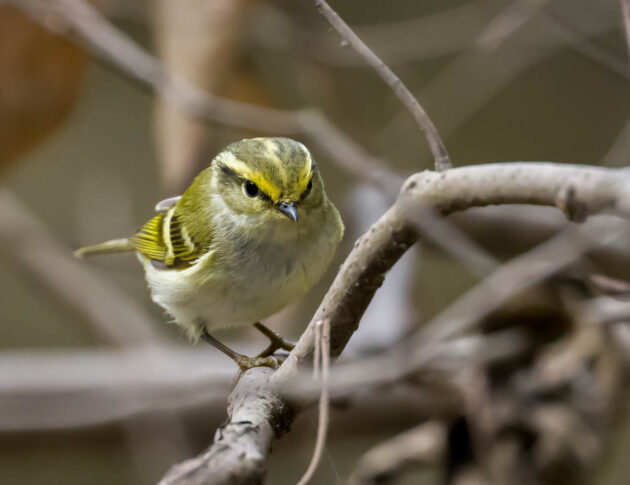
Red-throated Pipits -when photographed – of course should prominently display their red throat – otherwise what is the use of this aggressive branding of their most characteristic feature? This individual first did not fully comply.
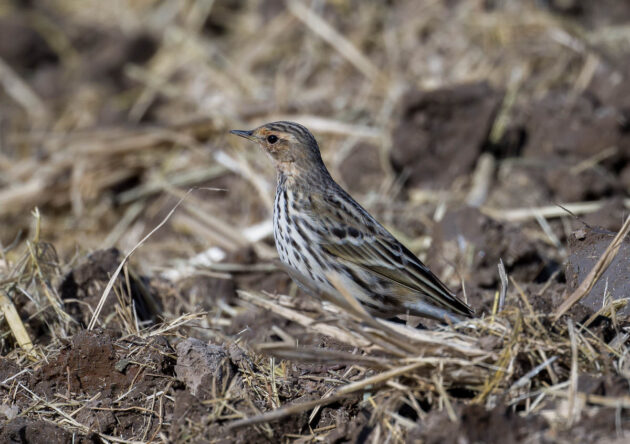
But a quick complaint to the local tourism office did the trick.
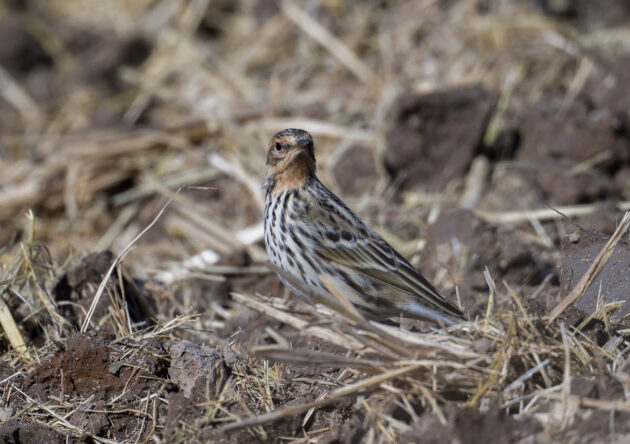
When Reed Parrotbills go on family outings, they usually just climb up reeds. This is what they do most days anyway, so many parrotbills now feel that these family outings are basically very pointless.
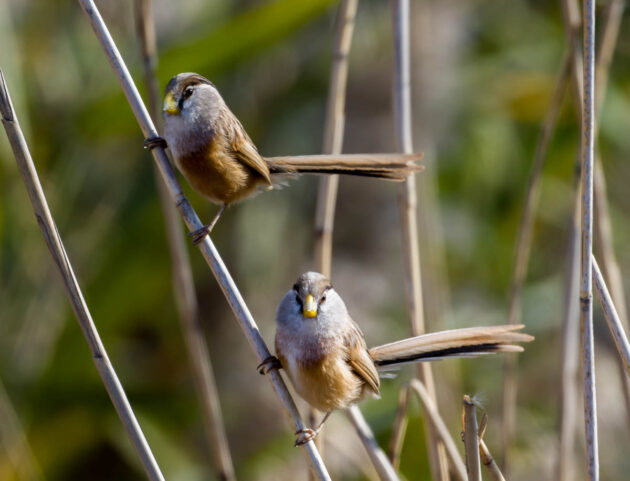
I assume this Red-flanked Bluetail is a male but as the blue color is not very intensive yet, so maybe it has some problems identifying itself with its male identity. Luckily, it does not live in Florida, where such an attitude is strongly discouraged by a would-be Trump named Ron DeSantis.
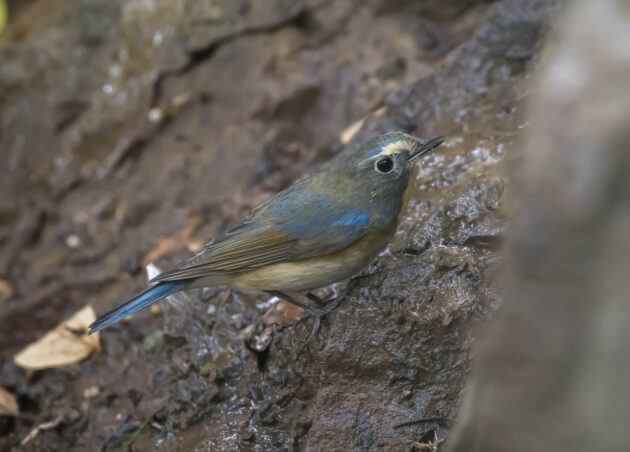
As most Rufous-faced Warblers are not good swimmers, they mainly stay in the non-swimmer section of the local pools.
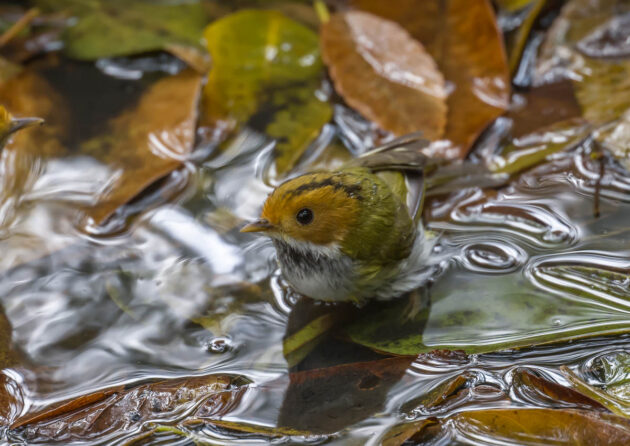
Sometimes my impression is they go there less to get clean and more to socialize.
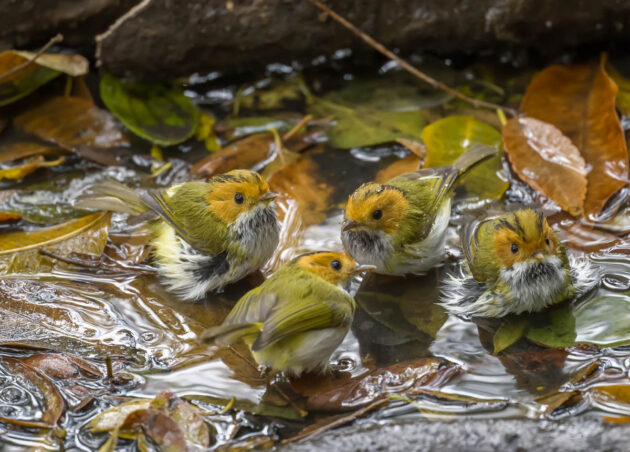
Cleverly, Swinhoe’s White-eyes tend to drink a bit upstream from these warblers.
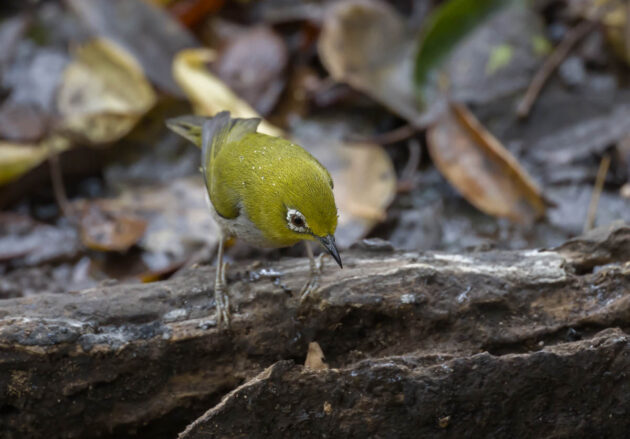
You never know about the levels of hygiene of different species.
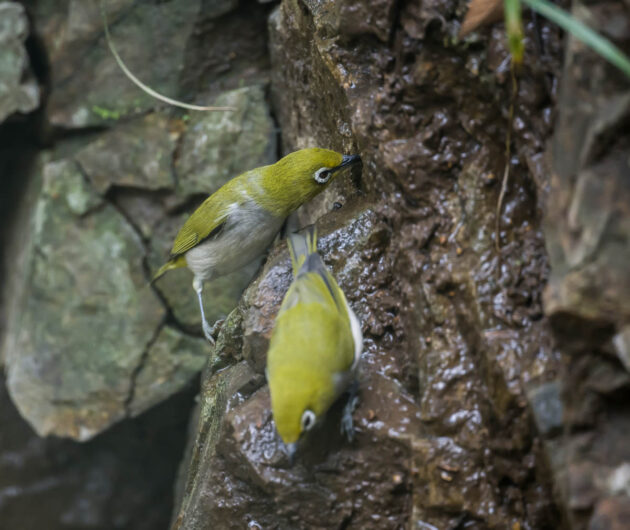
Near the end of the post, a few more photos of common but nice-looking species: Black-faced Bunting …
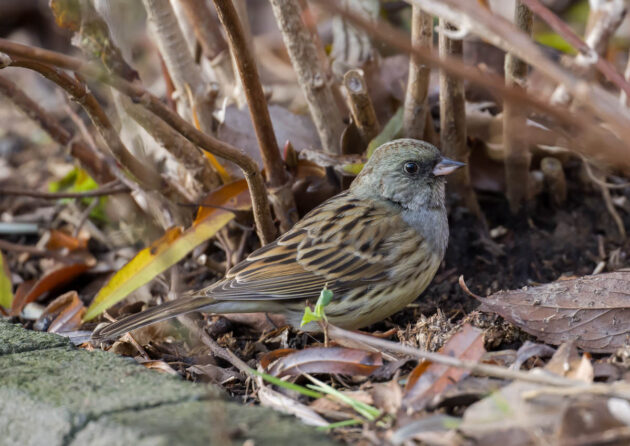
… and Brambling …
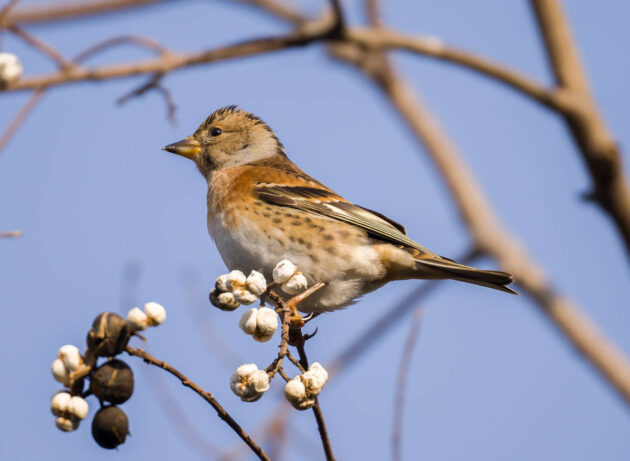
(some photos suitable for use as Christmas cards next year, I think).
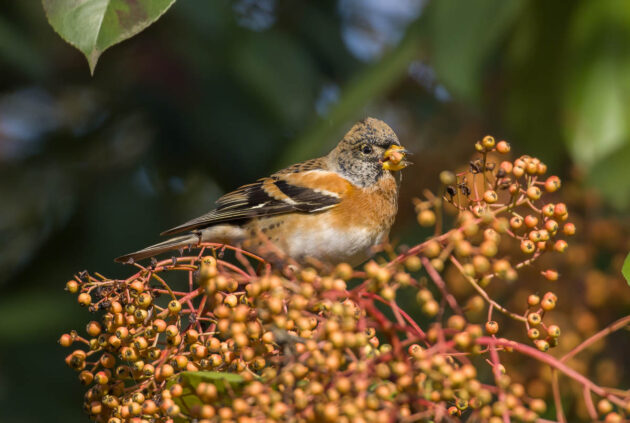
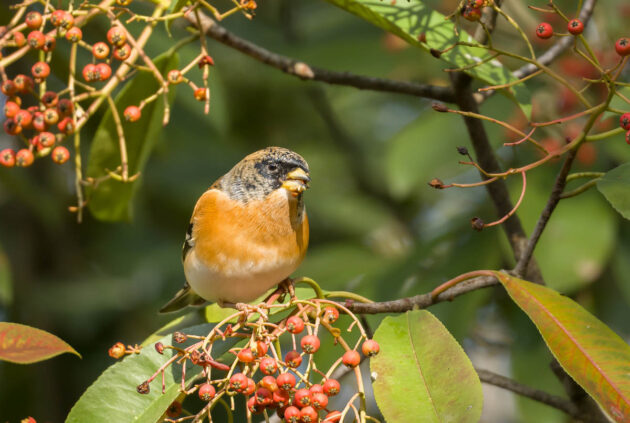
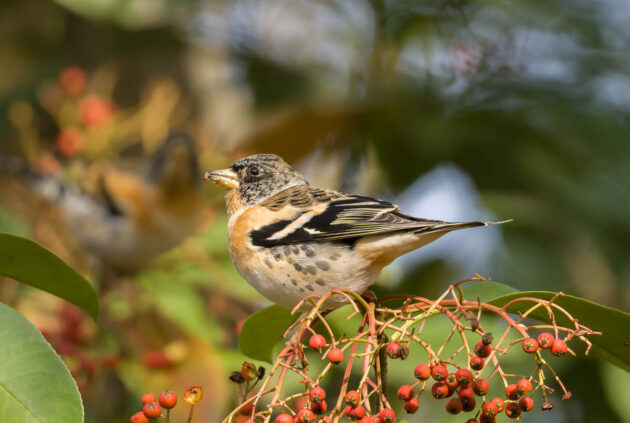
To my own surprise, this post does not end with yet another bad Trump joke but with too many photos of Japanese Waxwings.
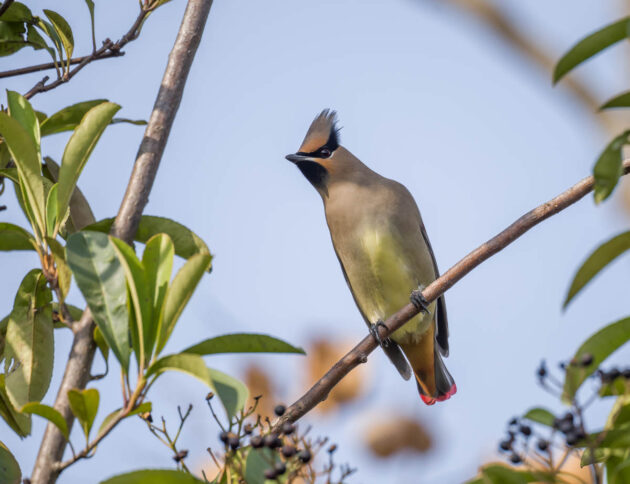
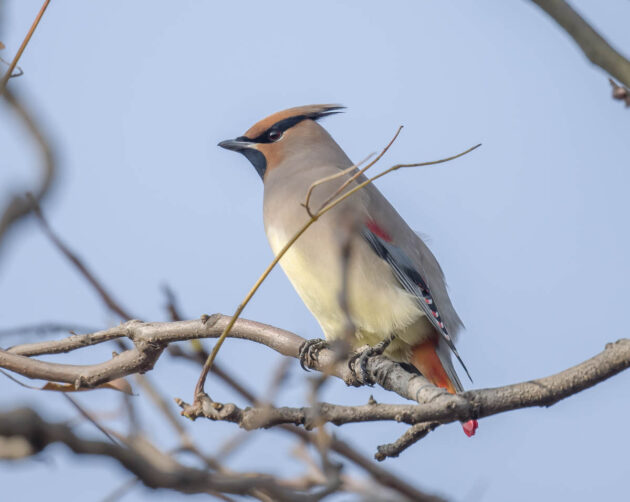
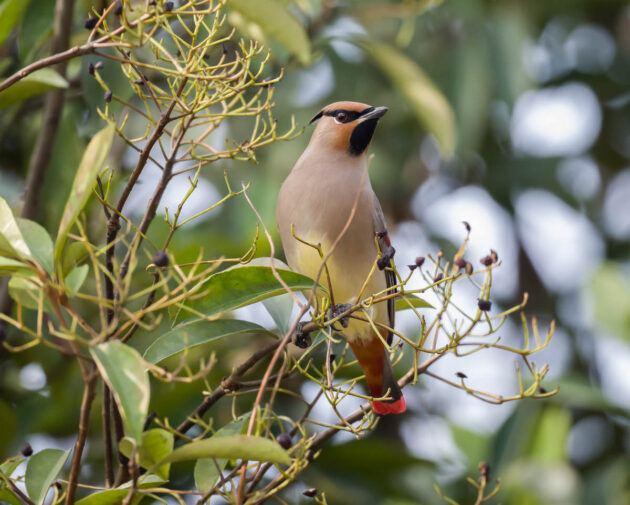
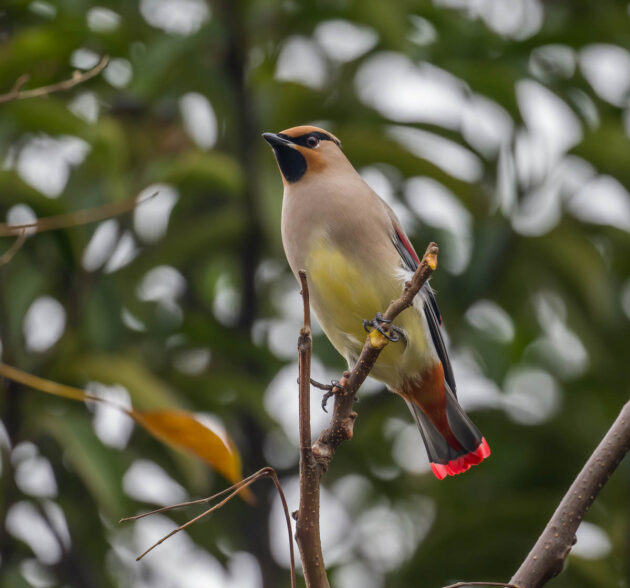
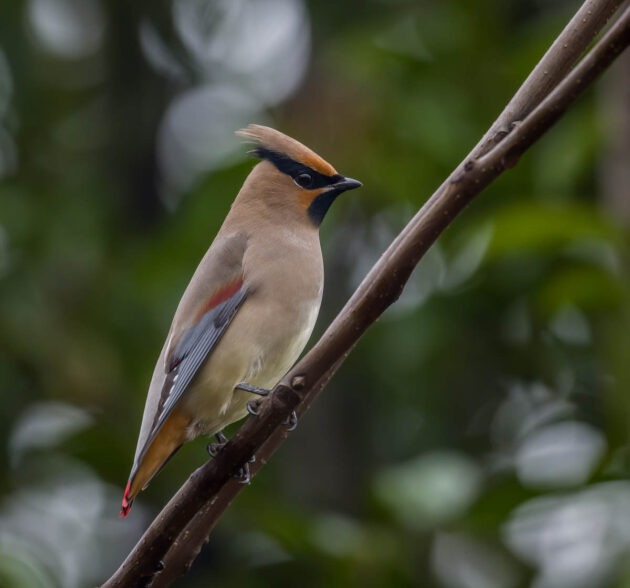
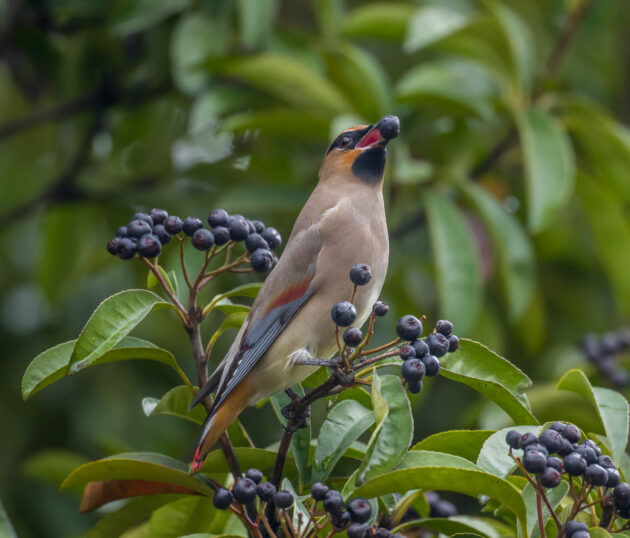
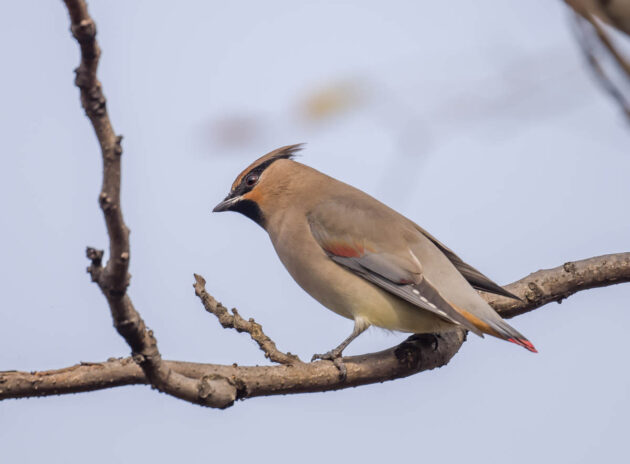
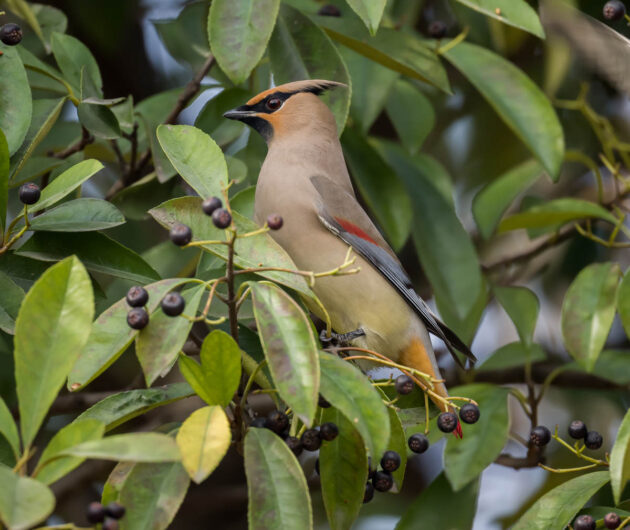
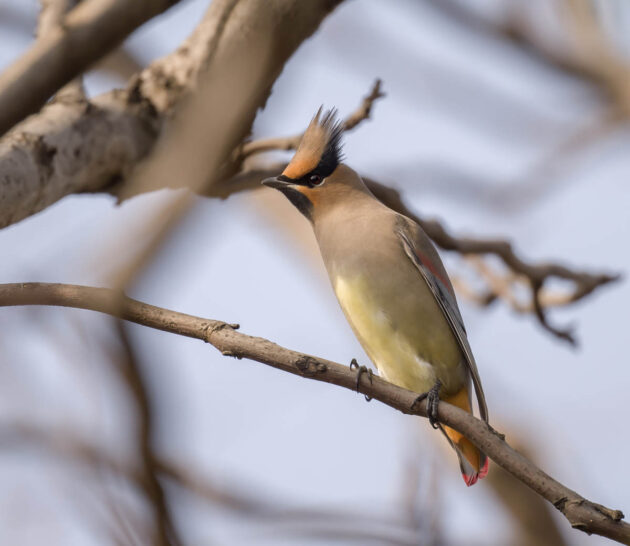







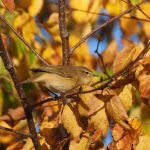
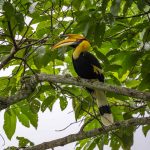

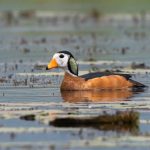
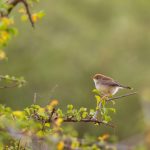
Leave a Comment